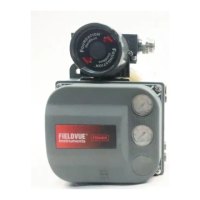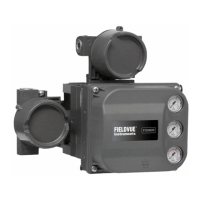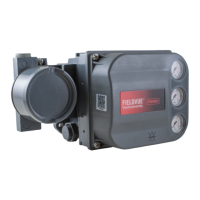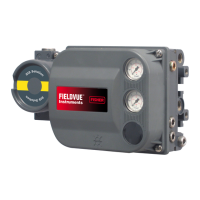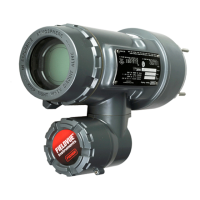Resource Block
March 2006
5-7
Block Errors
Table 5-3 lists conditions reported in the BLOCK_ERR
[6] parameter. Conditions in italics are not applicable
for the Resource block and are provided only for your
reference.
Table 5-3. Resource Block BLOCK_ERR Conditions
Condition
Number
Condition Name and Description
0 Other - Set if a device initialization error occured.
1
Block Configuration Error - Set if FEATURE_SEL,
CYCLE_SEL, or CYCLE_TYPE is set incorrectly.
2 Link Configuration Error - N/A
3
Simulate Active - Indicates that the simulation jumper is
in place on the aux terminals. This is not an indication
that the I/O blocks are using simulation data. See AO
block paramter SIMULATE [10] and DO block parameter
SIMULATE_D [10].
4 Local Override - N/A
5 Device Fault State - N/A
6
Device Needs Maintenance Soon - Indicates a
Maintenance PlantWeb Alert condition is active.
7 Input failure/process variable had Bad status - N/A
8 Output failure - N/A
9
Memory failure - Indicates a pending Flash or NVM
failure.
10
Lost Static Data - Indicates failure of the memory
containing static parameters.
11
Lost NV Data - Indicates failure of the memory containing
non-volatile parameters.
12 Readback Check Failed - NA
13
Device Needs Maintenance Now - Indicates a Failed
PlantWeb Alert condition is active.
14
Power Up - Indicates the device has been powered up
and the Resource Block is not
running normally.
15
Out of Service (MSB) - The resource block actual mode
is Out of Service.
Master Reset
(RB > Master Reset)
You can restart the instrument to reset parameters,
links, etc. within the instrument. However, due to the
effect that a restart can have on the instrument, and
therefore the control loop, restarting the instrument
should be used cautiously and only as a last measure.
The following procedure describes how to use Master
Reset to restart the instrument with a Field
Communicator. You can also restart the instrument
using AMS ValveLink Software or from a host system
using the Restart method included with the device
description (DD) software.
You can restart the instrument any time it is connected
to an active segment.
WARNING
Restarting the instrument may cause
loss of process control. To avoid
personal injury and property damage
caused by the release of pressure of
process fluid, provide some
temporary means of control for the
process.
To restart the instrument, select Resource Block and
Master Restart on the Field Communicator.
1. Restart informs you about what can happen when
an instrument restart is performed. Select Yes to
continue, or No to abort without restarting.
2. Select the desired restart action or select EXIT to
exit Restart. Select Help (not the Help button) to get
information on restart actions.
There are two different restarts: Restart Processor,
and Restart with Defaults:
When selecting either of these options, Restart
informs you of the consequences of this action and
asks if you want to continue. Select Yes to perform the
restart action or select No to select another action or
exit. Restart informs you when the restart is
completed. You must acknowledge the message to
continue.
Restart Processor—Performing a Restart Processor
has the same effect as removing power from the
instrument and re-applying power. Configuration and
calibration do not change.
Restart with Defaults—Performing a Restart with
Defaults should be done with care. This restart resets
the static and non-volatile parameters for all of the
blocks in the instrument to their initial value, as listed
in table 5-4. After a Restart with Defaults, you should
run the Setup Wizard and download the instrument
configuration from the control system to properly setup
the instrument. You also may need to re-establish
communication links and trends.
5

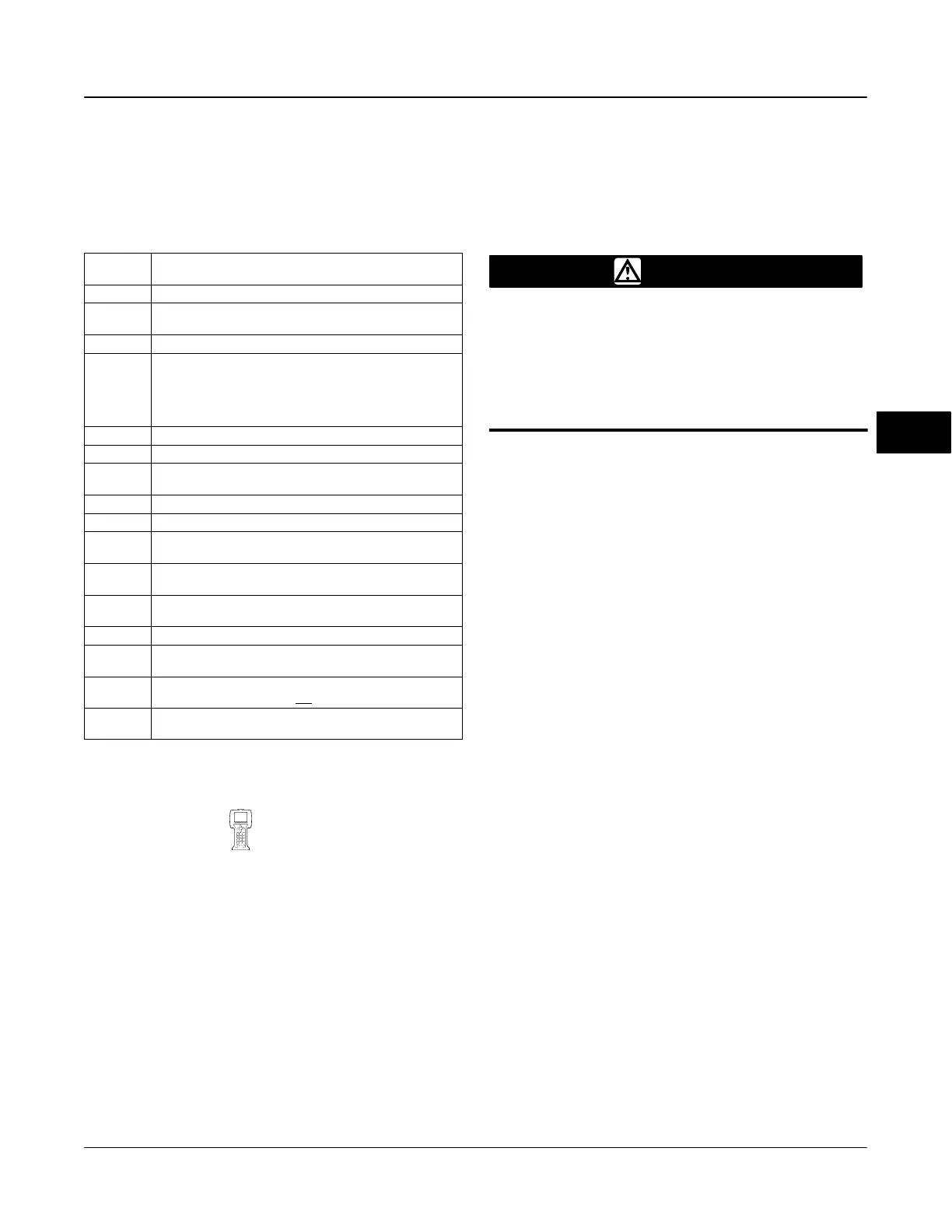